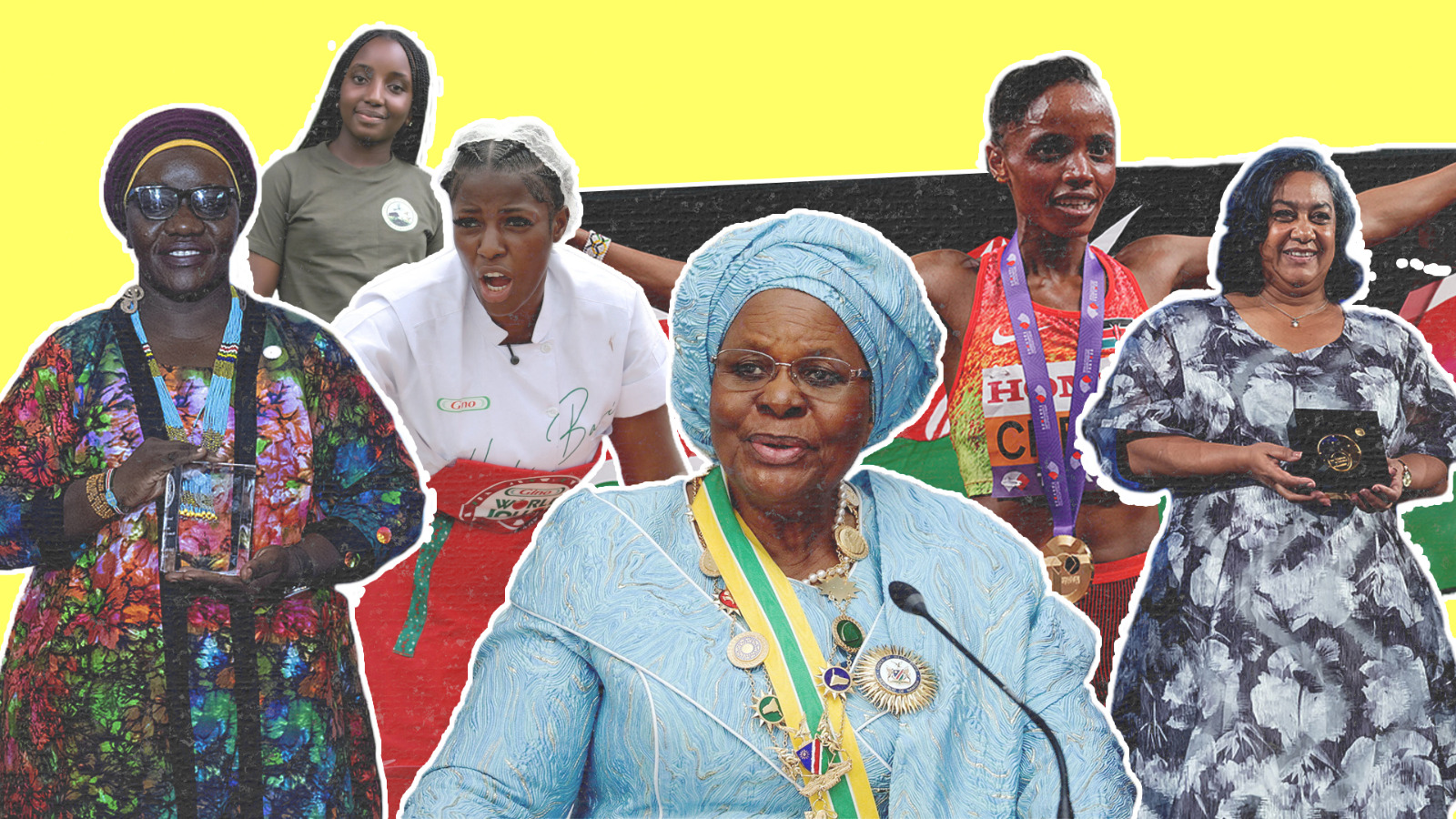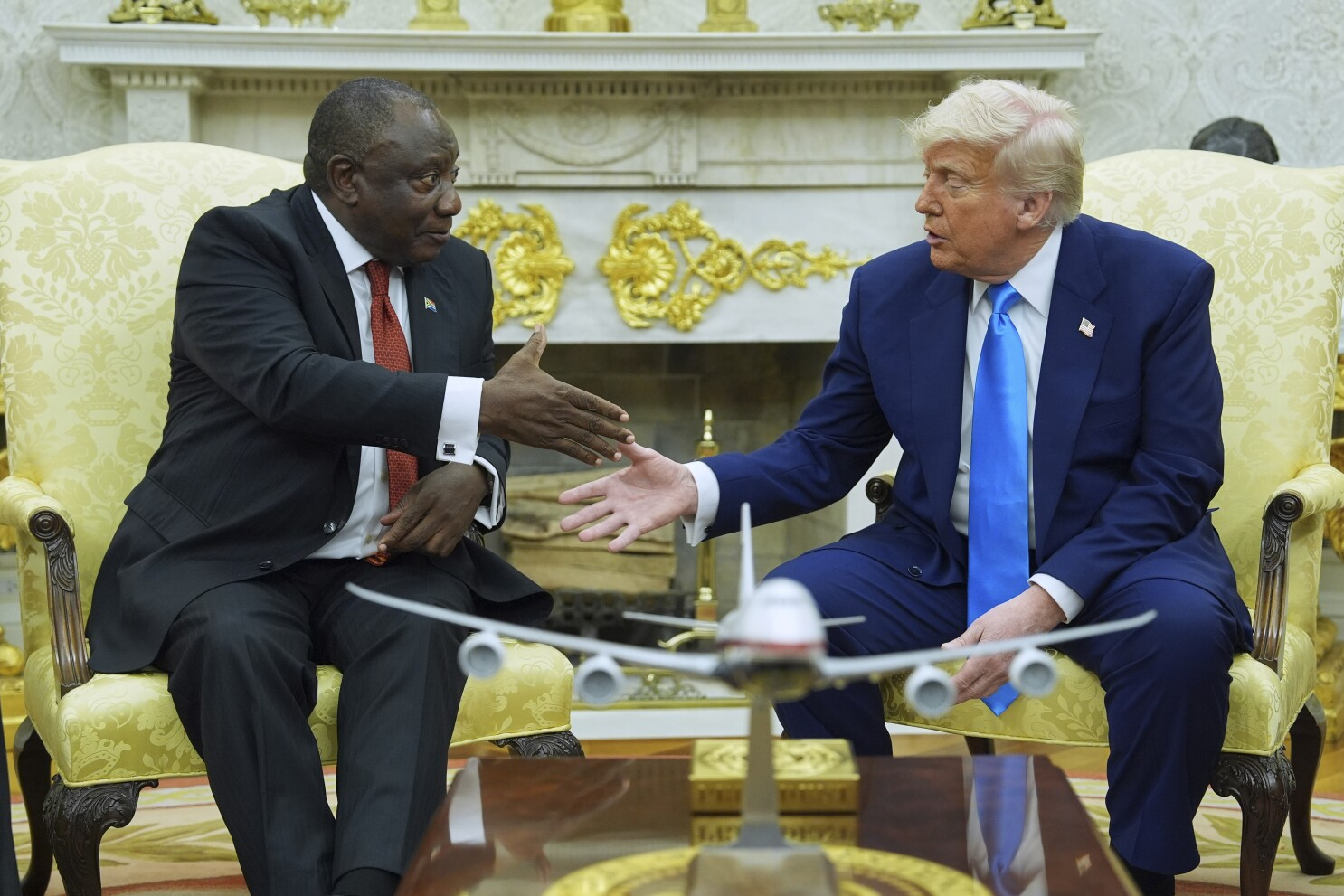
WHO: Tuberculosis infections declining but not fast enough among the poor
According to the World Health Organization (WHO) and its latest Global TB Report, about 10 million people developed TB in 2018 with three million sufferers not being cared for as required.
Of these, the UN health agency further says a staggering 1.5 million people died from tuberculosis (TB) last year.

That’s why the agency is appealing for far greater funding and political support to eradicate curable and preventable diseases.
Poor and marginalized people
The WHO says tuberculosis remains stubbornly high among poor and marginalized populations, particularly those with HIV.
One of the reasons for this is the cost of tuberculosis care, with data showing that up to four-fifths of tuberculosis patients in so-called “high-burden” countries spend more than 20 percent of their household income on treatment.
The WHO also raised a red flag on drug resistance saying it remains another obstacle, with 2018 seeing an estimated half a million new cases of drug-resistant TB.
Only one in three of these people was enrolled in treatment, it added, while also recommending that multi-drug resistant TB should now be tackled with fully oral regimens “that are safer and more effective”.
WHO Director-General Tedros Adhanom Ghebreyesus emphasized that the world must accelerate progress if it is to reach the Sustainable Development Goal of ending tuberculosis by 2030,
Ghebreyesus said that in practice, this required “strong health systems and better access to services. That means a renewed investment in primary health care and a commitment to universal health coverage.”
Following last month’s commitment by Heads of State at the UN in New York to make healthcare available to all and address communicable diseases like TB, HIV and malaria, WHO highlighted the value of “comprehensive” national campaigns that could diagnose and treat several ailments at a time.
WHO also welcomed the fact that seven million people were diagnosed and treated for TB last year – up from 6.4 million in 2017.
According to WHO, there is massive and chronic under-funding for TB research estimated at $1.2 billion a year. On top of this, the shortfall for TB prevention and care is estimated at $3.3 billion in 2019.
This is despite the fact that about one-quarter of the world’s population has latent TB, meaning that people have been infected by TB bacteria but are not yet ill with the disease, so they cannot transmit it.







